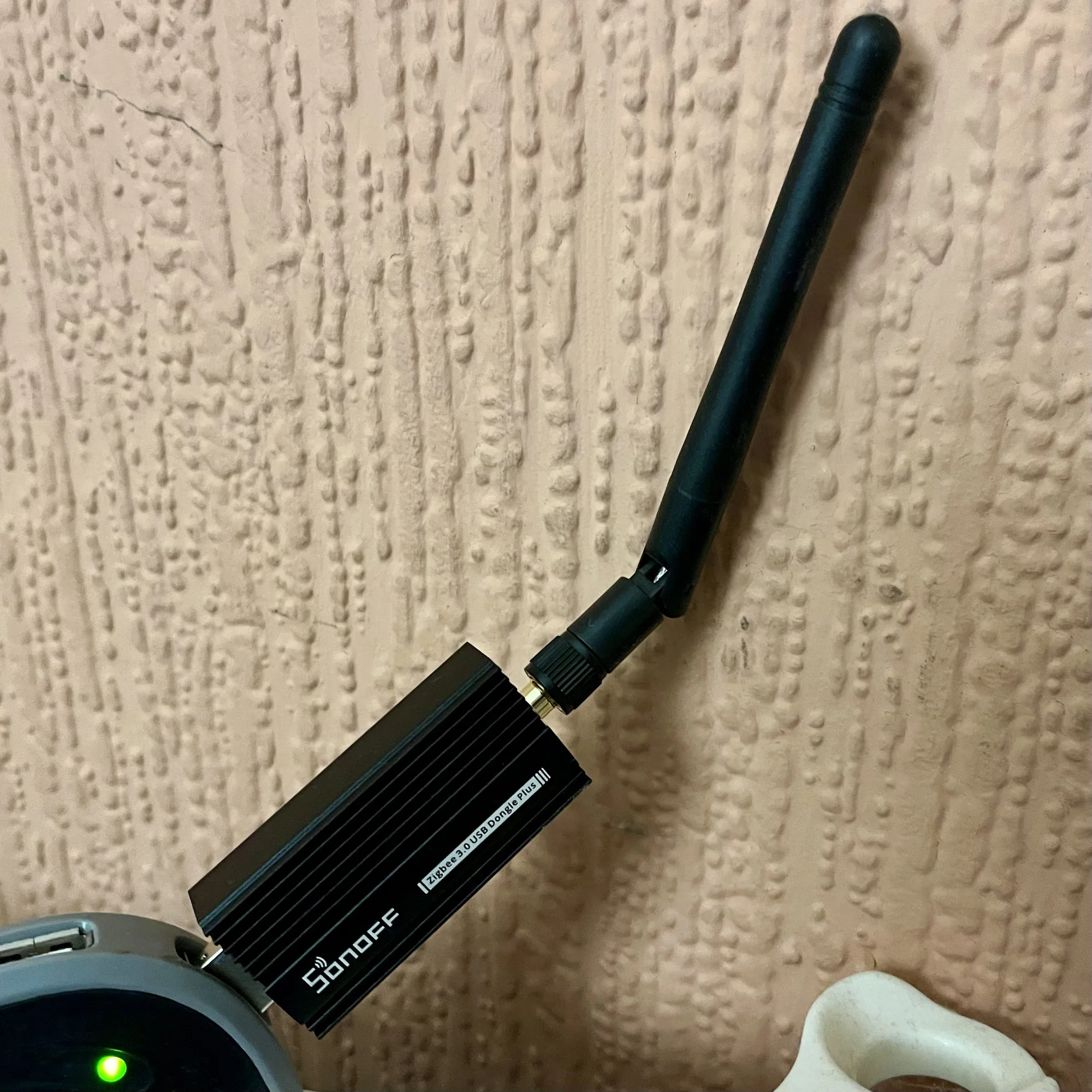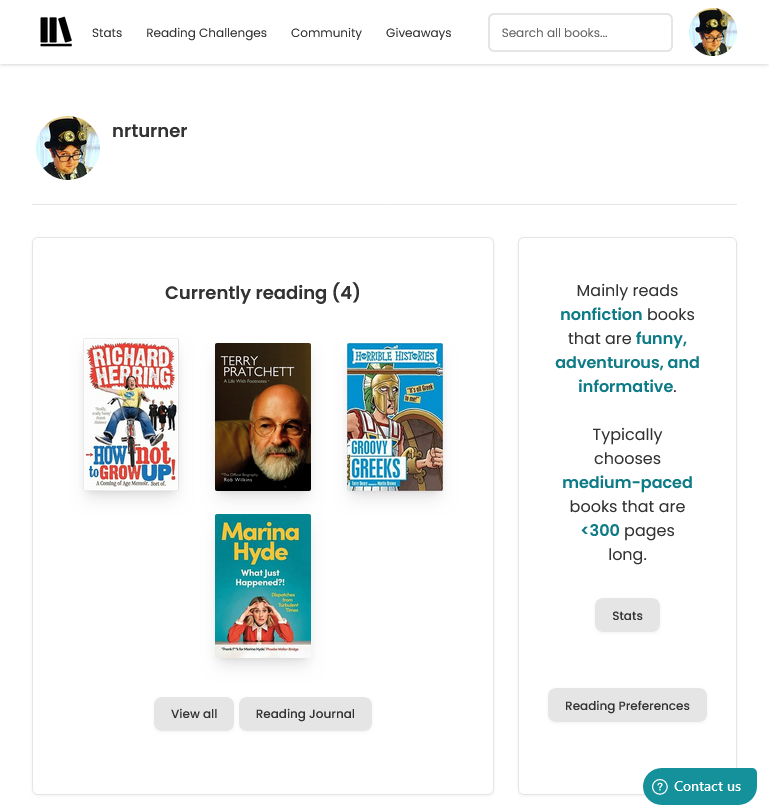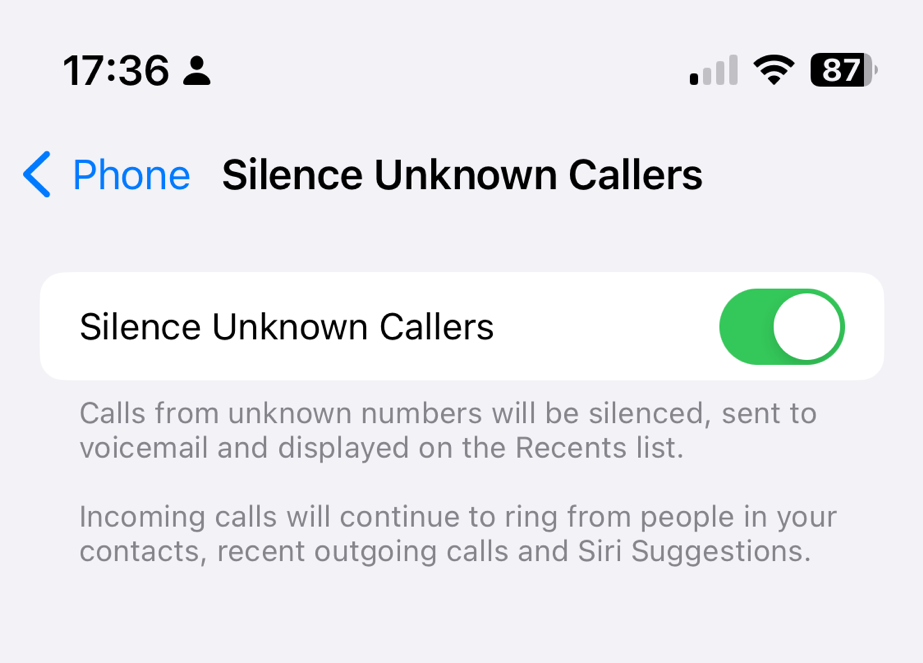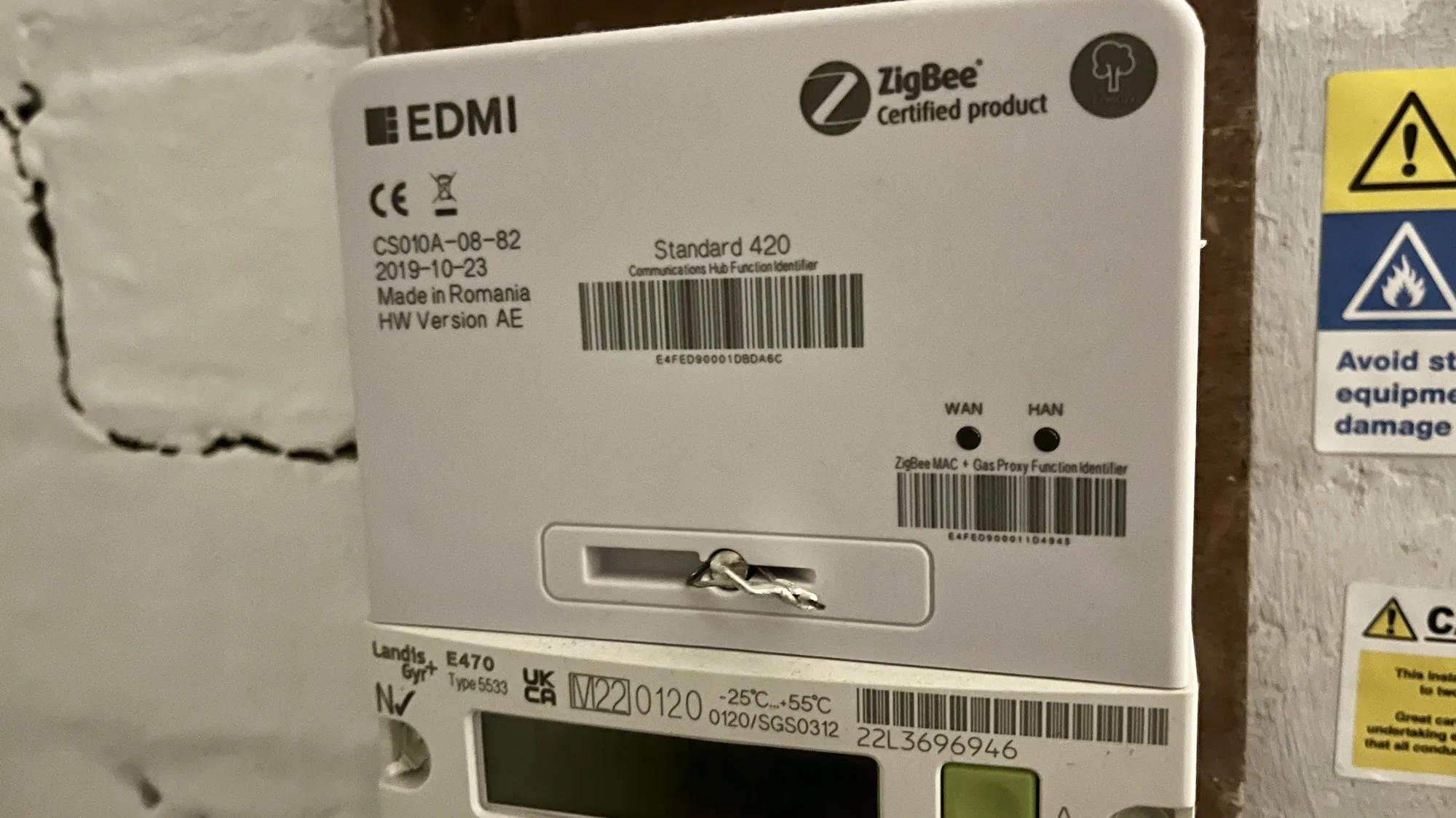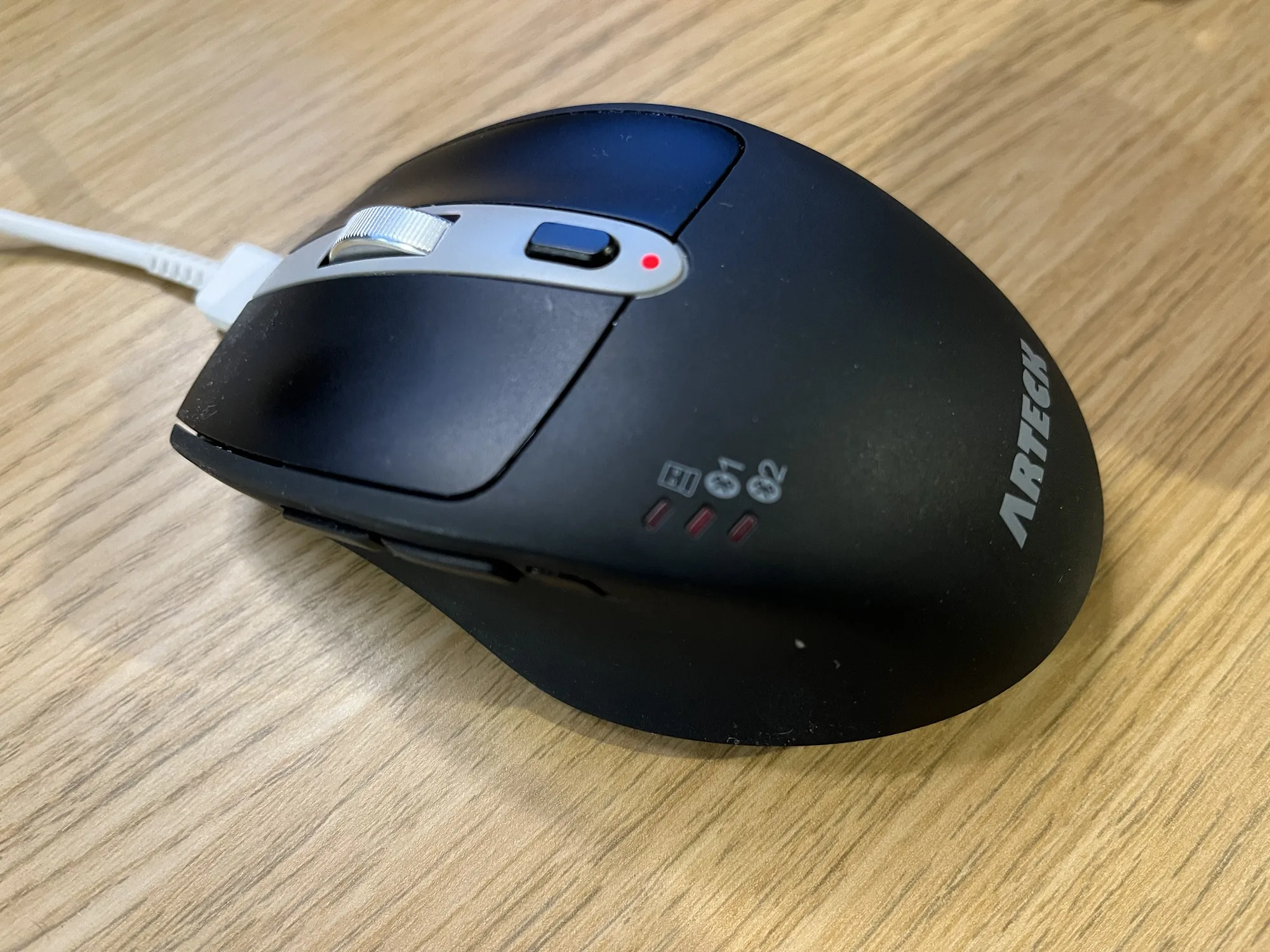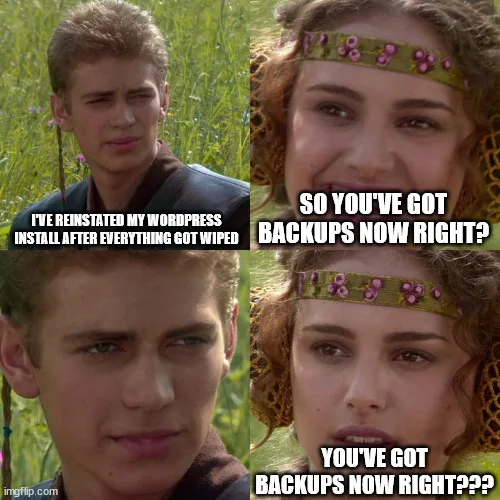When I started this, I thought that thinking of 10 songs each month on a common theme with a bit of context would be easy. It turns out that it’s not. I can easily think of 4-5 songs to fit a theme, but getting 10 is harder than I thought it would be. Hence why this is being posted at 9pm on the 30th January and has been typed out on my iPad.
Last month was, of course, Christmas-themed. This month, it’s all duets, and you can listen along on Spotify.
- Rewrite The Stars – Zac Efron and Zendaya. The Greatest Showman soundtrack is just amazing. This isn’t my absolute favourite song from the album, but it’s one I come back to a lot.
- Bring Me To Life – Evanescence. This was never intended to be a duet, and to mark the 20th anniversary of their album Fallen, Evanescence released a demo of this without the added male vocals. The band’s label felt that they wouldn’t have been successful unless this song was a duet; maybe they were right but also being featured on the soundtrack to the film Daredevil (with Ben Affleck) probably helped.
- It’s Over – Nemesea. Less well-known and sounds a bit like an Evanescence collaboration with Linkin Park. This is my second favourite Nemesea song after ‘Caught in the Middle’ from the same album.
- What Have You Done – Within Temptation. From the same genre as above, and as a big Within Temptation fan I needed to include at least one of their songs here. They’ve done several duets over time but this is probably their most well-known. Male vocals are provided by Mina Caputo from the band Life of Agony, before she transitioned.
- Broken Strings – James Morrison and Nelly Furtado. I watched a lot of music TV around 2008/9 and this was massive at the time. Very catchy.
- Beautiful South – You’re The One That I Want. Yes, it’s that song from Grease, but slowed down. I prefer this version. I think I heard it the first time in a Virgin Megastore, which dates it somewhat.
- When You Believe – Whitney Houston and Mariah Carey. Released to promote a somewhat forgotten Dreamworks animated film called The Prince of Egypt in 1998. Both singers get to stretch their ample vocal ranges here.
- Kids – Robbie Williams and Kylie Minogue. A big single released at the height of Robbie’s solo career and just as Kylie was getting back to her pop roots. Great thumping chorus.
- When You’re Gone – Bryan Adams and Melanie C. Apparently Bryan originally offered this to Sheryl Cole, but this ended up being Mel C’s first solo single. There’s also a version with Pamela Anderson, but it’s geo-blocked from UK Spotify. Maybe that’s for the best.
- The Boy Is Mine – Brandy and Monica. I bought the CD single of this back in 1998. This musical argument between the two singers allegedly reflected real world animosity, and also wouldn’t pass the Bechdel Test.
So there we go for this month. Hopefully, I’ll have another themed playlist for you for February some time within the next 4 weeks.

